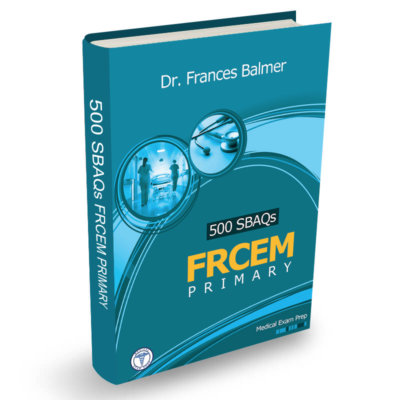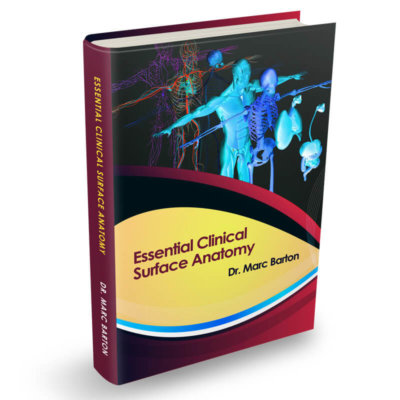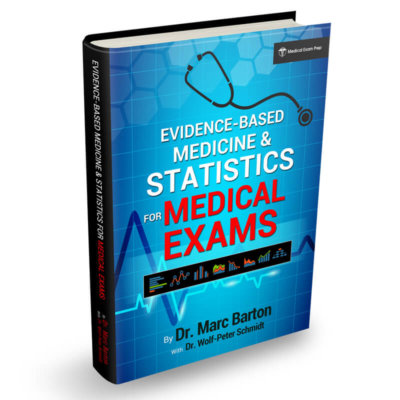A 5-year-old boy is brought into the Emergency Department by his grandmother, who is very concerned because he swallowed two of the tablets that she takes for her rheumatoid arthritis. She shows you the packet, and you can see that he has ingested two hydroxychloroquine tablets.
Show Answer
Chloroquine and hydroxychloroquine both belong to the quinolone family. The primary use of chloroquine is for malaria prophylaxis, often in combination with proguanil. Hydroxychloroquine, which has a similar toxicity profile, is mainly used for the treatment of rheumatoid arthritis. Both drugs have very similar toxicity profiles and are potentially life-threatening in overdose.
Show Answer
Yes! In small children, the ingestion of as little as 1 or 2 tablets of hydroxychloroquine is considered to be potentially life-threatening.
Ingestion of greater than 10 mg/kg is considered to be toxic, with mortality increasing at doses greater than 30 mg/kg. In adults, 5 g or more is considered to be fatal unless life-saving interventions are performed. In small children, the ingestion of as little as 1 or 2 tablets is considered to be potentially life-threatening.
In overdose, both chloroquine and hydroxychloroquine cause sodium channel blockade with marked cardiovascular and central nervous system effects, as well as hypokalaemia due to intracellular potassium shifts. Toxicity usually starts to become apparent within 1-2 hours of a toxic ingestion.
Show Answer
The clinical features associated with hydroxychloroquine ingestion include:
- Rapid onset of hypotension
- Dizziness
- Nausea, vomiting
- Cardiac conduction defects
- Widened QRS and QT prolongation
- Broad complex tachycardias (including torsades de pointes)
- Altered mental state and coma
- Seizures
- Hypokalaemia
- Methemoglobinemia
- Retinal toxicity (a side-effect of long-term use)
Show Answer
Management is as follows:
- Resuscitate using a standard ABC approach
- Pre-emptive intubation if there is a depressed level of consciousness
- Consider a 1 mmol/kg bolus of NaHCO3 before intubation to guard against acidemia from hypoventilation, which may worsen chloroquine toxicity
- Fluid resuscitation if hypotensive (e.g., repeated 10-20 mL/kg crystalloid boluses)
- Vasopressor support for non-responsive hypotension (e.g., adrenaline)
- If seizures occur, administer IV benzodiazepines as per protocol
- Broad complex tachyarrhythmias should be managed with intubation, ventilation, and sodium bicarbonate administration (1-2 mmol/kg IV, aiming for a target pH of 7.5-7.55)
- QRS widening and QT prolongation – sodium bicarbonate administration
- Replace potassium if hypokalemia
- Consider high dose diazepam post-intubation
- Consider intralipid and extracorporeal support in cases of severe toxicity refractory to the above measures
- Intensive care input will be required
- No specific antidote exists





